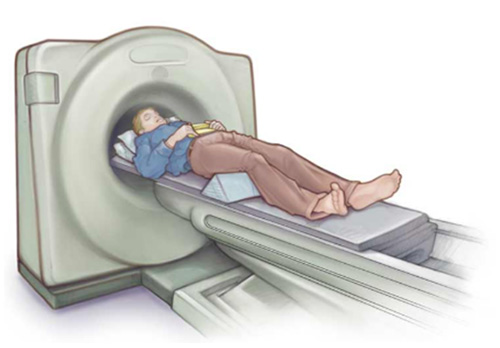The oesophagus (also known as the food pipe) connects the mouth to the stomach. The food pipe pushes food and drink down into the stomach, where it begins to be digested.
Oesophageal Cancer is fairly common in the UK, with almost 10,000 new cases diagnosed each year. The biggest risk factor for this cancer is having Gastro-Oesophageal Reflux Disease (GORD). While 1 in 3 of us suffer heartburn from time to time, 10% of the population have chronic reflux (experiencing heartburn almost daily). 5-10% of people with chronic GORD are diagnosed with a condition called Barrett’s Oesophagus and 1 in 10 Barrett’s patients may develop Oesophageal Cancer.
Oesophageal cancer may not cause symptoms in its early stages, which is why it can be hard to detect. Many people who suffer from persistent heartburn (and are diagnosed with Barrett’s Oesophagus) will attend regular ‘surveillance’ screening to check their food pipe for signs of cancer.
As oesophageal cancer grows, there may be more obvious symptoms like difficulty swallowing (a sensation of food stuck in the throat), a pain in the chest or a squeezing sensation, bad heartburn which does not go away with the patient’s usual medication, a sour taste in the mouth, persistent coughing or wheezing, hoarseness or vocal changes and often unintentional weight loss.
People with advanced Oesophageal Cancer often report feeling unusually tired, complain of back and neck pain or notice swelling in their face or neck. It is important to consult a doctor if you are experiencing any of these symptoms – particularly if they last several weeks – as early diagnosis of Oesophageal Cancer improves patient outcomes vastly.



